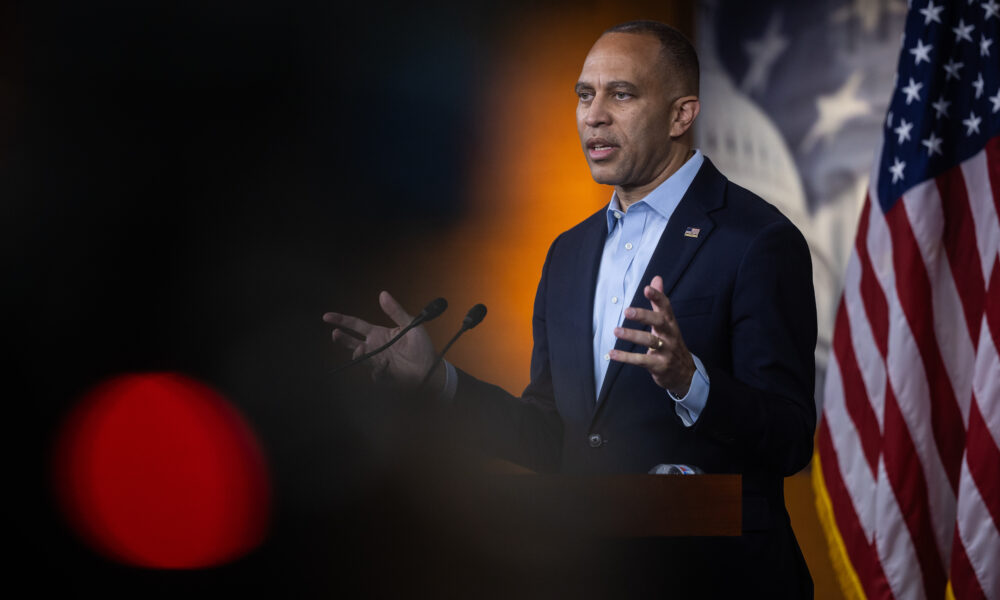Minnesota is set to implement one of the most comprehensive paid family and medical leave programs in the United States starting on January 1, 2024. This new law promises up to 20 weeks of paid leave annually for nearly all workers, including those employed by local and state governments. While the initiative aims to provide support for families and workers, it has raised significant concerns among small business owners who fear the financial implications could jeopardize their operations.
The law’s definition of “family member” is notably expansive, encompassing not just traditional relatives like spouses and grandparents, but also “anyone close to you who depends on you like family, even if not related by blood.” Critics argue that this broad interpretation could enable employees to take extensive leave for personal matters, placing additional burdens on small businesses that often lack the resources to cover for absent staff.
In response to this newly established program, both employers and employees will contribute to a new payroll tax designed to fund the benefits. However, many small business owners express skepticism about the sustainability of this model, suggesting that the financial burden will ultimately fall on them. They already operate within a challenging landscape characterized by high taxes and stringent regulations.
The impact extends beyond private enterprises. Government agencies, including city halls, school districts, and county offices, will also be subject to the same payroll deductions and staffing challenges. Unlike private businesses, which may seek to cut costs or raise prices, government entities often turn to increased taxation to address budgetary shortfalls.
As small businesses grapple with compliance and staffing shortages, the costs associated with hiring temporary workers or filling in for absent employees will likely strain local budgets. Taxpayer funds, which might otherwise be allocated to essential services such as infrastructure maintenance and public safety, could be diverted to cover the costs associated with this paid leave program.
While proponents of the law argue that it represents an investment in the well-being of workers, critics contend that it may hinder economic growth. Minnesota lawmakers chose to create a program that exceeds the federal standard for family leave, which they argue attempts to balance compassion with economic realities. The decision to go beyond federal guidelines has raised questions about the practicality of the program, especially as government agencies will be responsible for managing the operational challenges that arise from employee absences.
John Grandson, a resident of Gnesen Township and a regular contributor to the News Tribune, highlights the potential fallout from this initiative, stating that some businesses may opt to relocate to states like South Dakota, where paid leave policies are less burdensome. Others may be forced to raise prices, reduce staff, or even close their doors entirely.
In the end, the implementation of this legislation could lead to unintended consequences that affect the very community it seeks to support. As Minnesota embarks on this ambitious program, stakeholders will need to monitor its effects closely. The hope is that the program can achieve its goals without undermining the foundation of small businesses, which have long been a cornerstone of the state’s economy.
The state claims this program is designed “for the moments that matter,” but as costs begin to accumulate, it remains to be seen how the taxpayers will respond to the financial ramifications of this new law.







